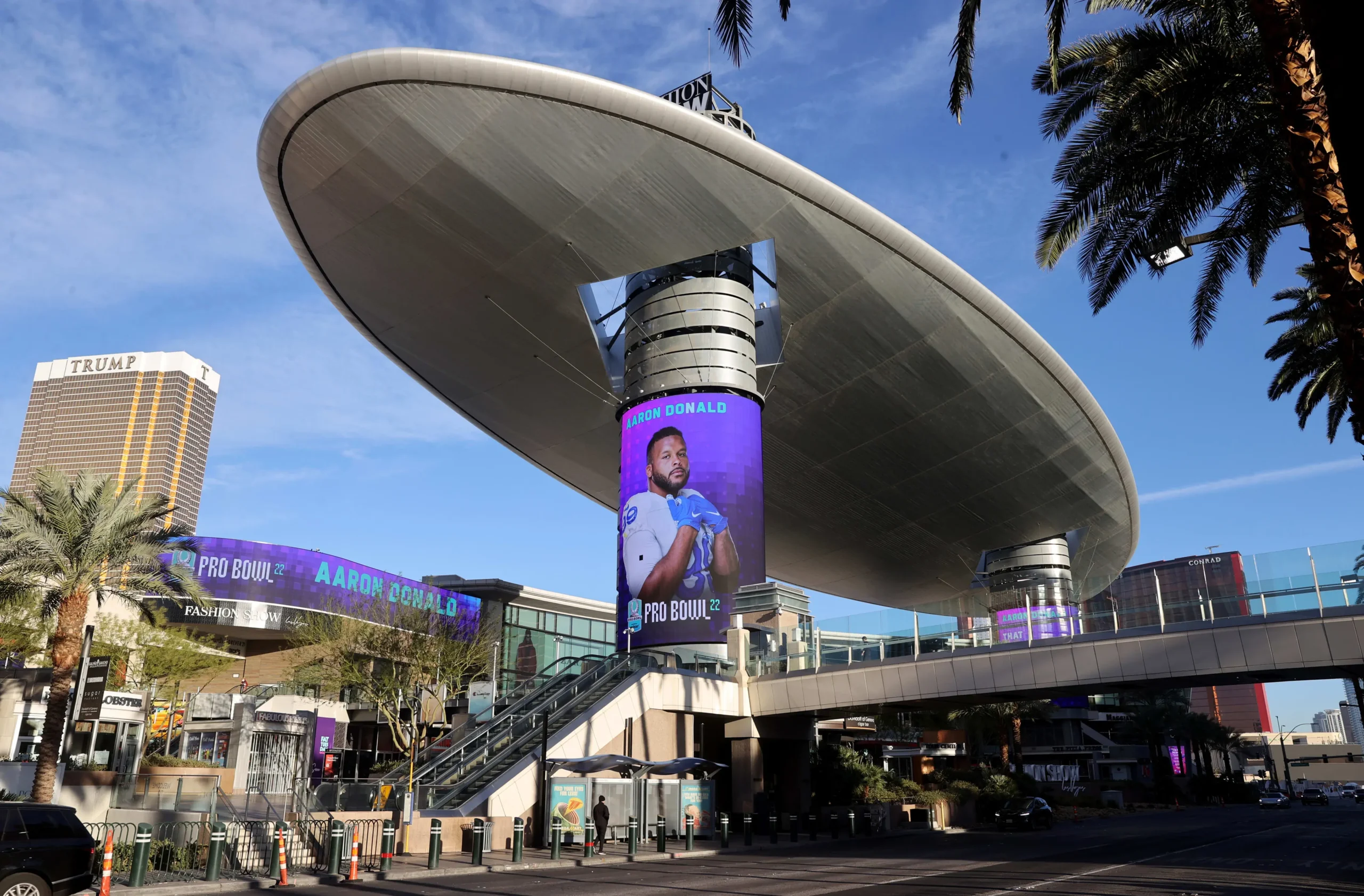Navigating the Landscape of Digital Advertising: Strategies for Success
Introduction
Digital advertising has revolutionized the way businesses promote their products and services, offering powerful tools to target and engage audiences in a highly effective manner. As an essential component of modern marketing strategies, digital advertising utilizes various formats and technologies to capture consumer attention and drive conversions. This comprehensive guide delves into the core aspects of digital advertising, including display ads, banner ads, retargeting and remarketing, and programmatic advertising, each playing a unique role in enhancing campaign performance and ROI.
Navigating the Landscape of Digital Advertising
1. Display Ads
Display advertising involves the use of visual-based ads that appear on third-party websites relevant to the target audience. These ads can include text, images, video, and more, and are designed to increase brand awareness and drive traffic to a website.
Benefits:
- Visual Appeal: Display ads catch the eye with colorful graphics, animation, and multimedia, making them highly engaging.
- Brand Awareness: They are effective for maintaining brand presence and recognition across various online platforms.
- Targeted Reach: Advanced targeting options allow marketers to reach specific demographics, interests, and behaviors.
Best Practices:
- Engaging Design: Create visually appealing ads that stand out while staying true to your brand identity.
- Relevant Placements: Choose websites and ad networks that align with your target audience’s interests and habits.
- A/B Testing: Regularly test different designs and copy to determine what resonates best with your audience.
2. Banner Ads
Banner ads are a form of display advertising that involves rectangular graphical displays stretching across the top, bottom, or sides of a website. They are one of the oldest types of digital advertising and continue to be effective due to their simplicity and prominence.
Benefits:
- Cost-Effectiveness: Generally, banner ads are less expensive than other advertising formats, offering a good return on investment.
- High Visibility: Their strategic placement often at the top of the page ensures high visibility and brand exposure.
- Ease of Creation: Banner ads are relatively easy to produce, requiring minimal resources.
Best Practices:
- Compelling Call-to-Action (CTA): Include a clear and compelling CTA to encourage users to engage with your ad.
- Optimize for Speed: Ensure your banner ads load quickly to avoid impacting user experience negatively.
- Mobile Optimization: Design ads to be effective and visually appealing on mobile devices.
3. Retargeting and Remarketing
Retargeting and remarketing are techniques used to follow up with users who have previously interacted with your brand but did not convert. These strategies involve showing targeted ads to these users as they browse other parts of the internet, encouraging them to return and complete a purchase or another desired action.
Benefits:
- Increased Conversions: By targeting users who have already shown interest in your products, these strategies significantly increase the likelihood of conversion.
- Customized Messaging: Ads can be tailored based on the specific behaviors and interactions the user had with your site, making them more relevant.
- Cost Efficiency: Since you are targeting a more qualified audience, the cost per conversion is often lower.
Best Practices:
- Segment Audiences: Create different campaigns for different types of interactions (e.g., visited your site, abandoned a shopping cart).
- Limit Frequency: Set a cap on how often ads are shown to the same person to avoid overwhelming or annoying potential customers.
- Clear Path to Conversion: Make it easy for users to complete the desired action when they click on your ad.
4. Programmatic Advertising
Programmatic advertising uses automated technology for buying and placing ads in real-time. This method uses algorithms and data insights to serve ads to the right user at the right time, maximizing the efficiency of ad spend.
Benefits:
- Efficient Ad Spending: Automates the ad buying process and uses real-time bidding, reducing costs and improving ad placement efficiency.
- Precise Targeting: Utilizes vast amounts of data to target ads more accurately than traditional methods.
- Real-Time Optimization: Adjusts campaigns automatically based on performance data, ensuring optimal results.
Best Practices:
- Choose the Right Technology: Invest in reliable programmatic advertising platforms that suit your business needs.
- Data Integration: Ensure your data is integrated and accessible for making informed decisions.
- Monitor and Adjust: Regularly review campaign performance and make adjustments to targeting, bid strategies, and ad creatives.
Conclusion
Digital advertising is a dynamic and essential component of digital marketing that enables businesses to reach a wider audience, engage potential customers, and drive conversions through targeted, creative, and strategic ad placements. By effectively utilizing display ads, banner ads, retargeting and remarketing, and programmatic advertising, businesses can create powerful, data-driven campaigns that maximize returns on their advertising investments. As you embark on or refine your digital advertising strategies, keep these techniques in mind to ensure your efforts are both efficient and impactful.















